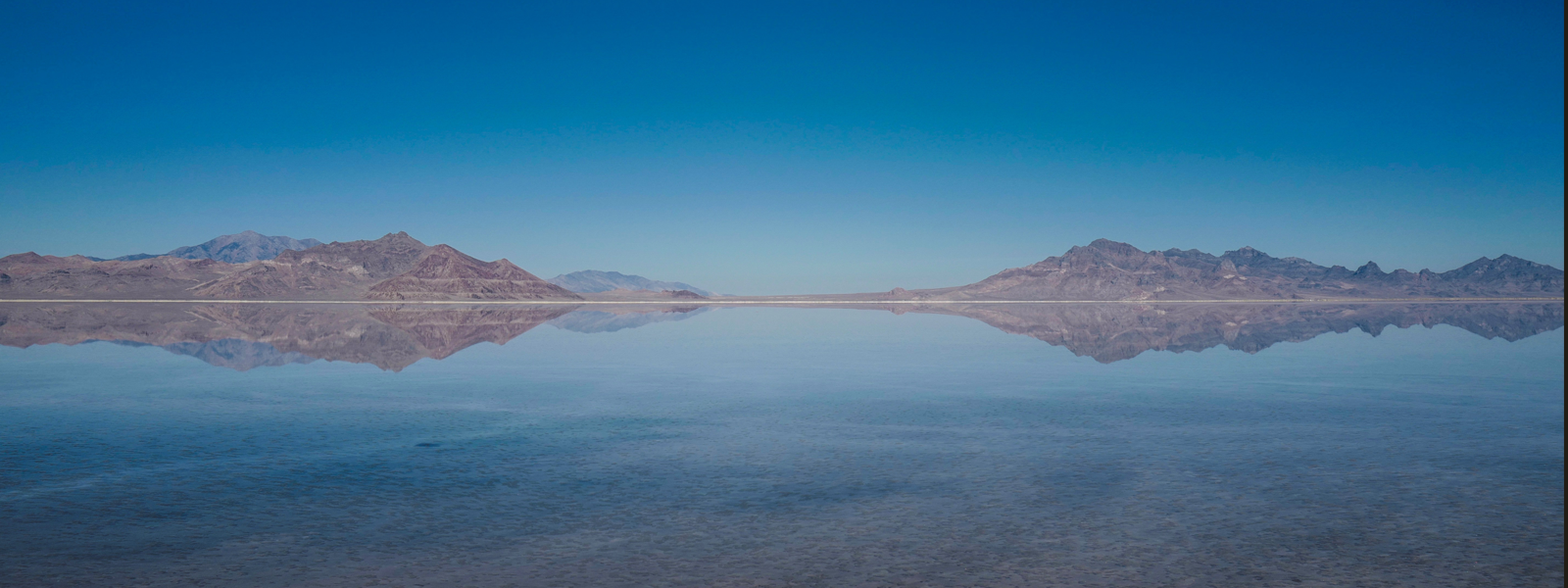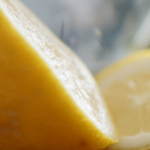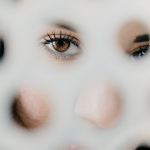Soomaya drew a translucent finger across the micro-fine sheet of slate. The lines and figures on the page sprang up in rolling formation, magnified by her vitreous flesh. She absorbed the combination of artistry and structural calculus through nerves that recorded visual stimuli from every square inch of transparent skin. Passing over a particularly beautiful combination of form and function, a minor explosion of impulses filled her hand with a blush of violet. The glow spread, racing along axons to the part of her brain that had evolved to appreciate beauty. Pleasure spilled from her cranium, dripping pulses of fluorescence back down her spine and across the width of her thorax. A chain of nodes adjacent to her aorta, once part of the sympathetic nervous system – also visible, through glassy ribs – was now dedicated to proportion and colour.
“You like it then? The proposal.”
Her partner, Martha, stood at the back of the room. She had been looking out, through the convex bulge that formed the seaward wall of their home and office. At high tide, when the sea’s edge had travelled five hundred kilometres in sixteen standard hours, returning faster than any human could run, the view became sub-marine. Creatures unique to Rawka would cruise by, careful to the avoid the lightly charged glass. Martha’s skin was thin, and in a certain light superficial blood vessels were visible, but she was clearly no aesthete. Her gifts were analytical.
“It’s wonderful,” replied Soomaya. “The coast lines, the contours. Where is this?”
Martha shrugged. “That is not for us to know, it seems. Can you find the essence?”
“I found it already.”
“Can you start the calibration today? There’s urgency, I’m told.”
“Urgency? To design the crops?”
“There’s competition, for the planet.”
*
Soomaya touched the fluid surface of the central reservoir. It contained a solution of genetic bases which would coalesce into formal DNA when nudged into position by an externally applied field wave. From this soup of cascading blueprints, seeds would be designed, grown and transported to the feeder towns.
Soomaya’s role, as an aesthete, was to impart those helices with the essence of longing. When the children who fed on the tasteless enzymes generated by the wheat’s altered DNA had undergone cerebral development, some would develop an instinctive desire for the foreign landscape. A small proportion of those young adults would volunteer to crew pioneer ships, drawn irresistibly to the idea of living off-planet. Thus Rawk, itself a ninth-generation colony of the Origin Planet, would expand in the direction chosen by its government.
Soomaya anticipated no problems. There was variety; islands, archipelagos, isthmuses bridging the great continents; expansive deserts, monotonous yes, but beautiful. And mountains, blunted by forces that she did not have the geological expertise to comprehend, as though their summits had been razed. And the water… the water was beautiful.
She touched the surface of the reservoir. Light travelled down her spine and along her arm, causing the solution around her finger to glow. Molecules and atoms in the reservoir began to align. Agricultural inspectors behind high windows glanced at monitors. Some nodded. Soomaya was the best.
Her mind teemed. She flew over the land – a version of the land as presented in survey maps and image streams transmitted by drones stationed in the atmosphere. The space, uncrowded by man yet, was all hers.
*
Back in the house Martha reviewed the data. She assessed the globe’s heterogeneity and calculated the time required to embed desire. Soomaya was strong, but her energy was finite. You could see when she began to tire. Her skin clouded.
Then Martha scrolled through the galactic quadrant on a portion of glass convexity that served as a screen. She had not been able to find the planet after the first briefing, in the colonial minister’s mansion. Now, with Soomaya settling into the tank, there was ample time to pin it down. Zoom out, jump quadrants; zoom in, rotate, deepen. The chart froze. Its points of light hung on the wall; data sets collapsed down to major headings. It had been snipped. At the chart’s limit there was a linear code, indicating who had performed the snip, and when. A para-ministerial agency; no surprise. But the time, the time.
Three days ago. The day of the briefing.
Martha ran top-side to the shuttle and punched in a familiar destination.
*
Soomaya’s sense of well-being was unusually intense for this stage of the process. Her entire right arm was submerged. Pulses of pleasure coalesced around the arch of her aorta. It was as though the nutrients in the vat were feeding her. She took another step down the gentle ramp, up to her thighs. The solution glowed all around her. There was endogenous energy here.
To her waist now. Warmth. Pleasure, augmented with each heartbeat and each thought. Her journey around the new planet continued. Over the broad blue seas, under the flat bases of towering clouds. The solution was covered her breasts now; it lapped at the shallow curve of each clavicle.
Always a water-baby, she felt as one with the liquid’s gentle swell, with the intersecting, reflecting wavelets.
A commotion. Martha’s voice? Here?
Martha pushed her way through the slack security until she stood poolside. She shouted down,
“Get out Soo. They’re going back, to the Origin Planet. Don’t try to change it Soo, we came from there Soo. Don’t change it…”
Soomaya tried to turn as Martha raged, but her legs had dissolved painlessly into the solution. There was time for her to smile, as she came to understand her lover’s fear. The changes she had made, the essence she had imparted, matched her own. The molecular harmonics were seamless, causing the atoms to separate, to float way. Her neck faded, her head tipped, like that of a toppled statue, and the her vertical smile merged with the warm fluid.
…
Biography
Philip Berry lives in London. His short fiction and poetry has appeared in Metaphorosis, Nebula Rift, Daily Science Fiction, Liars’ League, Headstuff, The Healing Muse, Bunbury Magazine and 365 Tomorrows among others. Website: philberrycreative.wordpress.com Twitter: @philaberry
…
Image: Drew Coffamn





